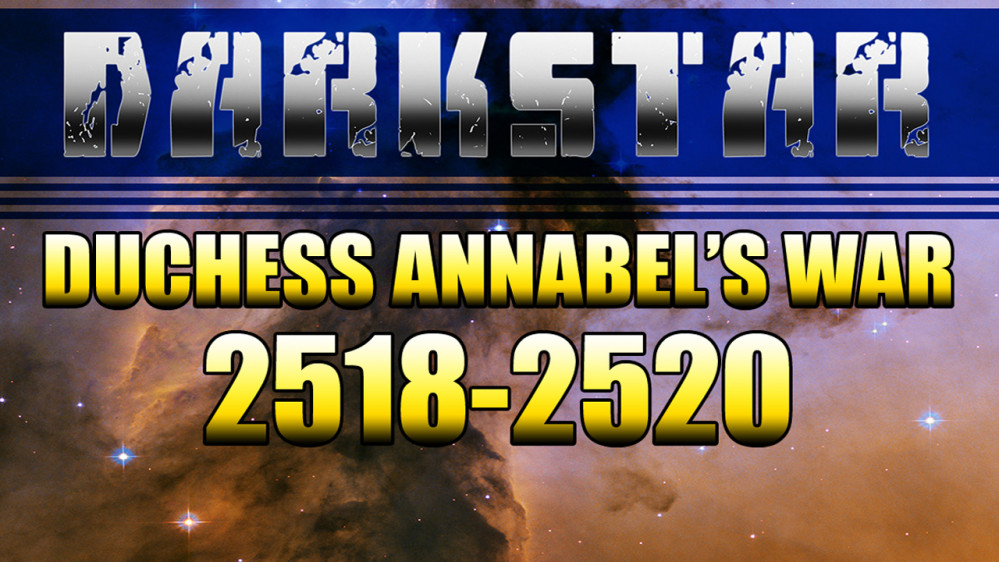
DARKSTAR CAMPAIGN UPDATE: DUCHESS ANNABEL’S WAR IS OVER
Requested Warship Classes - US and Japanese
Good morning, all ~
Okay, first update:
Rules started. Seven pages written, formatted, illustrated. This is going to be a long journey.
Meanwhile, I’ve had some requests for the Warship Record Sheets on a few classes. Namely, “medium carriers” and frigates for the US and Japan. So I chose light fleet carriers (built in the weight class of light cruisers), and frigates. These are attached below, not only in .jpg format for immediate view, but also as downloadable .pdf files below.
The Kagoshima class aerospace carriers are named for cities in the Kagoshima Prefecture of terrestrial Japan, southernmost of all prefectures in the home islands. Since its baptism of fire in the Sino-Japanese Iota Pegasus War of 2502, the class has proven its worth and there is talk of expanding the class to include ships named after another prefecture as well.
The design is fairly standard, with two bays for the A9M “Kataka” (Fire Hawk) naval aerospace fighters mounted port and starboard and a larger one installed centerline in the fo’c’sle. Port and starboard launch bays also carry the B7N “Tenrai” (Heavenly Thunder) bomber, while Ki-202 “Hien” (Flying Swallow) scouts are carried forward. Aft bays also carry the cutters and yacht.
What sets the Kagoshima class apart is its torpedo capacity, with two quadruple bays of Ki-45 “Toryu” (Dragon Slayers) mounted on port and starboard bows. While detractors point out that these cut back slightly on the aerospace craft the Kagoshima can carry (indeed, they carry less than the American Endeavor class), the Kagoshima still carries a bigger strike group than the comparable Russian Gagarin or British Invincible classes.
Furthermore, it cannot be denied that these torpedoes add a devastating element to the carrier’s overall strike capability. Sent in with the strike group against the same target on the same vector, these torpedoes almost guarantee that enemy defenses will be so occupied shooting down the Dragon Slayers that the strike group will have practically an open door. The Kagoshima also carries powerful mass driver defenses to keep the ship safe from enemy strike groups, and expanded cargo bays to support long-ranged operations deep into enemy-controlled space.
Like all carriers, however, the Kagoshima remains desperately vulnerable without her aerospace group, and is never deployed near potential enemies without a generous screen of destroyers and frigates.
Built and commissioned at:
Akagi Prime, Gamma Leporis
Shogun Station, Callisto
New Kyoto Shipyards, Earth
Ships in Class
CCE 77 – IJN Kagoshima – On Duty
CCE 78 – IJN Izumi – On Duty
CCE 79 – IJN Kanoya – On Duty, Annabel’s Star
CCE 80 – IJN Hioki – Torpedoed and exploded, 2511
CCE 81 – IJN Ajune – On Duty
CCE 82 – IJN Amagi – On Duty
CCE 83 – IJN Nakatane – On Duty
CCE 84 – IJN Kimotsuki – On Duty
CCE 85 – IJN Nagashima – On Duty, Xi Scorpio
CCE 86 – IJN Satsuma – On Duty
CCE 87 – IJN Osaki – Exploded, Battle of Santa Catalina
CCE 88 – IJN Yakushima – On Duty
CCE 89 – IJN Kikai – On Duty
CCE 90 – IJN Tatsugo – Destroyed in collision, Andromeda Arc
CCE 91 – IJN Toshima – On Duty
The Endeavor class light fleet carrier is another example of classic United States naval doctrine: the forward deployment of expeditionary fleets, task forces, and battlegroups based around the large, fast, and heavily-loaded aerospace carrier.
Of course, since Lexington class supercarriers are too large and expensive to be deployed everywhere, intermediate classes like the Endeavor serve as a bridge between these “war-enders” and smaller carrier classes like the Buford and the Chosin.
In parallel with these “light fleet carriers,” a secondary Saipan class has also been developed for use by the United States Marine Corps. Basically, these are Endeavor class carriers whose cargo bays have undergone slight modifications to carry “Harrier” class assault boats, tasked with the assault of planetary colonies and orbital installations.
Like all American ships, the Endeavors carry names steeped in national history. The first five units of the class are named for the original space shuttles constructed by NASA during the 1970s and 1980s. Even now, five centuries later, service aboard the Challenger and Columbia is seen as a special honor among officers and men. Many of the other ships are named for famous American carriers of World War II.
The service records for the Endeavor class carriers so far has been exemplary, although it bears noting that these ships are never sent anywhere without substantial escort. Like most American carriers, they are “pure” aerospace platforms, almost helpless in any engagement without their strike group. But that strike group is a fearsome factor in any battle. With a reinforced squadron of Vought “Corsair” fighters-bombers and another of Grumman “Avenger” torpedo bombers, plus two pair of “Hawkeye” scouts, (32 aerospace craft in all), and Endeavor class carrier can establish aerospace superiority many Second-Band moons or planets, or even a lightly-held star system.
** In the planetary assault configuration, the Saipan class carries 4 fighters and 4 bombers for ground support, 12 “Harrier” class assault boats, 196 Marines, 4 tanks, and 4 support vehicles. Cutters, launches, and yachts remain unchanged.
Built and commissioned at:
New Virginia Orbital Yards, Earth
Triton Shipyards, Neptune Navy Yard
Fort Dyron, Proxima Centauri
CSCV-441 – USS Endeavor – On Duty
CSCV-442 – USS Columbia – On Duty
CSCV-443 – USS Challenger – On Duty
CSCV-444 – USS Discovery – On Duty
CSCV-445 – USS Enterprise – On Duty
CSCV-446 – USS Liberty – On Duty, Xi Scorpio
CSCV-447 – USS Freedom – On Duty
CSCV-448 – USS Independence – On Duty
CSCV-449 – USS Intrepid – On Duty
CSCV-450 – USS Hornet – Under Construction
CSCV-451 – USS Essex – n/a
Saipan Class
LHCA-471 – USS Saipan – On Duty
LHCA-472 – USS Belleau Wood – On Duty, Xi Scorpio
LHCA-473 – USS Iwo Jima – On Duty
LHCA-474 – USS Guadalcanal – On Duty
LHCA-475 – USS Inchon – On Duty
LHCA-476 – USS Khe San – On Duty
LHCA-477 – USS Peleliu – On Duty
When it was originally built, the Akashi class assault frigate was something of a throwback to an earlier age of Japanese naval tactics. A hyper-aggressive design, the ship mounted virtually all its weapons, ECM protection, and gravitic shielding up front, with only an afterthought of defense to its aft quarters. Clearly, the Akashi was meant to “slash” at the enemy in bold strikes, using its superior thrust to speed into enemy formations, inflict maximum damage, and speed back out again.
Of course, such attacks are typically best made along the bow or stern of the target, denying the enemy a full retaliatory broadside and maximizing the Akashi’s chance of survival.
In practice, however, this didn’t work. No matter how skillfully the captain placed his ship, the Akashi’s stern remained vulnerable to weapons like torpedoes and aerospace fighters. Losses were absolutely hideous, and a horrified Japanese Naval Review board took the ships off-line to reconfigure their defenses to a more conventional layout.
Even now, the Akashis are spare, lean, and spartan ships, even by Japanese standards, and there are unconfirmed reports that they are crewed strictly by men with no families. Some Americans enlisted men have been heard to call them “kamikaze karts,” while British press has listed them as “banzai boats.” Such dismissal, however, is a dangerous understimation of the Akashi’s potential. After all, very few ships of their class can match the sheer firepower of their frontal barrage. In the end, it’s up to the crew to make the most of the Akashi’s strengths, and keep its weaknesses hidden.
FE-12 – IJN Akashi – On Duty
FE-13 – IJN Wutazashi – Exploded, defense of Akagi Prime
FE-14 – IJN Narushima – Exploded, Psi Serpentis
FE-15 – IJN Sakaimura – Exploded, 19 Draconis
FE-16 – IJN Karajima – Destroyed, Canis Minoris
FE-17 – IJN Kanoate – On Duty
FE-18 – IJN Yurakazu – On Duty, Annabel’s Star
FE-19 – IJN Tanakasha – Exploded, Kapteyn’s Star
FE-20 – IJN Kikukawa – On Duty
FE-21 – IJN Kitamura – On Duty
FE-22 – IJN Takarada – On Duty, Annabel’s Star
FE-23 – IJN Wutazashi II – On Duty, Annabel’s Star
The Shepard class frigate is a workhorse of the United States Navy, perhaps one of the most ubiquitous symbols of American maritime power in Known Space. After all, while mammoth dreadnoughts like the Colorado class battleships or Lexington class supercarriers are certainly impressive, few people will actually see one. Shepards, by contrast, are everywhere.
The class was first launched in the late 2480s, after the disastrous failure of the Kearsarge class frigate. These older craft were stubbornly mounted with 5- and 4- gigawatt rail guns, which were just to heavy for ships this small. The guns were too short in range to allow effective reach, forcing the Kearsarge to close to dangerous proximity with larger opponents. They didn’t pack enough punch, and their weight robbed the frigates of what’s supposed to be a frigate’s trump card: speed.
Only when the US Navy finally turned their back on small-hulled rail gun-armed ships and embraced the new technology of the electron particle cannon did the fleet get the frigate class it so desperately needed.
Named for astronauts of the long-ago Mercury and Apollo programs, the Shepard class has since become a mainstay of the fleet, with no fewer than thirty-five units built and an updated redesign currently on the drawing boards. At less than 25,000 tons, the Shepard is somewhat light for a frigate, while its array of 9-teravolt EPCs give it a tremendous punch, especially against smaller ships. Standard tactics call for these weapons to be fired in broadside, carving deep swaths in enemy armor before the the Mark 48 gravitic torpedo (retrofitted from the older Mark 36) slams home to break the enemy ship.
Mass driver protection is also formidable, built around standard American 20mm Oerkilon and 40mm Bofors mounts. One possible weakness is the design’s age and lack of a more sophisticated electronics, targeting, and CIC suite. But so many of these ships have been built and that it’s unlikely that the US Navy will seriously consider scrapping them any time soon.
FSGN-611 – USS Alan Shepard – On Duty
FSGN-612 – USS Buzz Aldrin – On Duty
FSGN-613 – USS Neil Armstrong – On Duty
FSGN-614 – USS Scott Carpenter – On Duty
FSGN-615 – USS Michael Collins – On Duty
FSGN-616 – USS Scott Glenn – Captured, Andromeda Arc
FSGN-617 – USS Gus Grissom – On Duty
FSGN-618 – USS John Young – On Duty, Xi Scorpio
FSGN-619 – USS Walter Schirra – On Duty
FSGN-620 – USS Gordon Cooper – On Duty
FSGN-621 – USS Donald Slayton – On Duty
FSGN-622 – USS Edward H. White – Scuttled, 2499
FSGN-623 – USS Roger B. Chaffee – Scuttled, Andromeda Arc
FSGN-624 – USS Pete Conrad – On Duty
FSGN-625 – USS Edgar Mitchell – On Duty
FSGN-626 – USS David Scott – Lost in combat, 2511
FSGN-627 – USS James Irwin – Destroyed, Andromeda Arc
FSGN-628 – USS Charles Duke – On Duty
FSGN-629 – USS Eugene Cernan – Lost in combat, 2508
FSGN-630 – USS Harrison Schmitt – On Duty
FSGN-631 – USS James Lovell – On Duty
FSGN-632 – USS Fred Haise – Destroyed, IK Pegasi
FSGN-633 – USS Frank Borman – On Duty
FSGN-634 – USS William Anders – On Duty
FSGN-635 – USS Tom Stafford – On Duty
FSGN-636 – USS Dick Gordon – On Duty
FSGN-637 – USS Jack Swigert – On Duty
FSGN-638 – USS Stuart Roosa – Lost in combat, 2505
FSGN-639 – USS Al Worden – On Duty
FSGN-640 – USS Ken Mattingly – On Duty
FSGN-641 – USS Ronald Evans – On Station, Xi Scorpio
FSGN-642 – USS Don Eisele – On Duty
FSGN-643 – USS James McDivitt – On Duty
FSGN-644 – USS Walter Cunningham – On Duty
FSGN-645 – USS Rusty Schweickart – On Duty

































![How To Paint Moonstone’s Nanny | Goblin King Games [7 Days Early Access]](https://images.beastsofwar.com/2024/12/3CU-Gobin-King-Games-Moonstone-Shades-Nanny-coverimage-225-127.jpg)


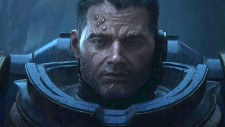




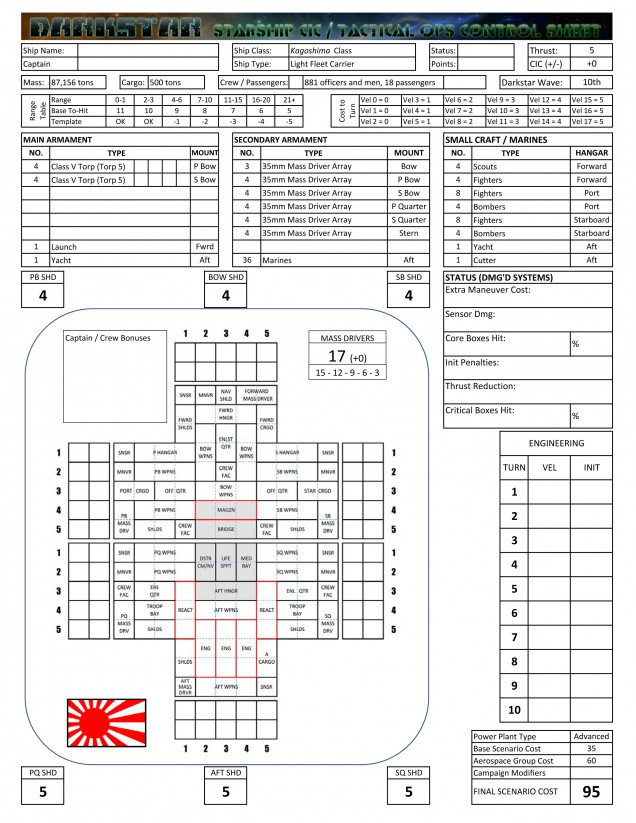
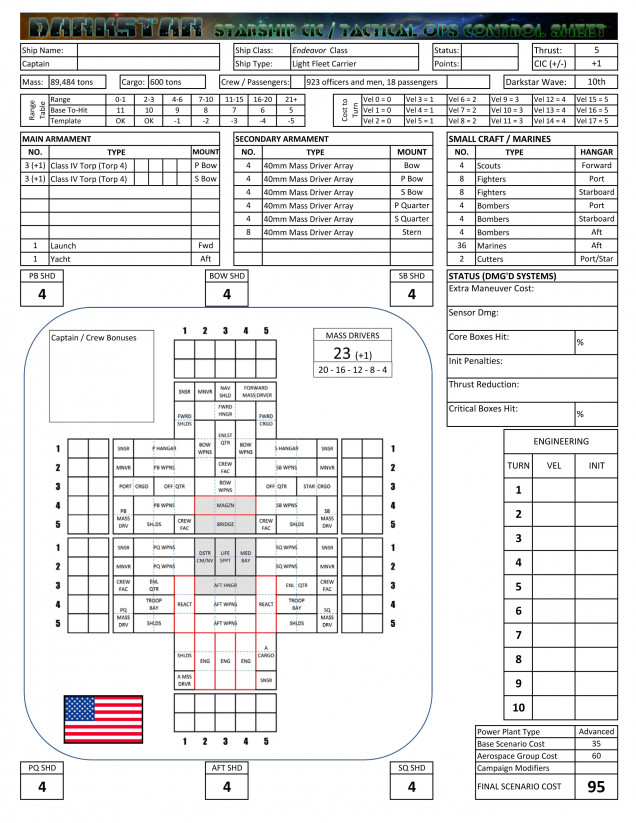
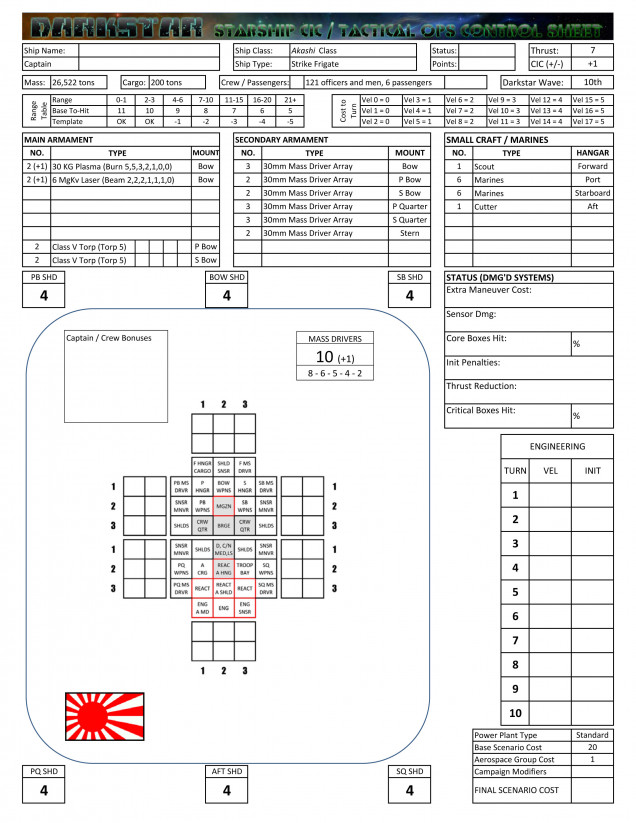
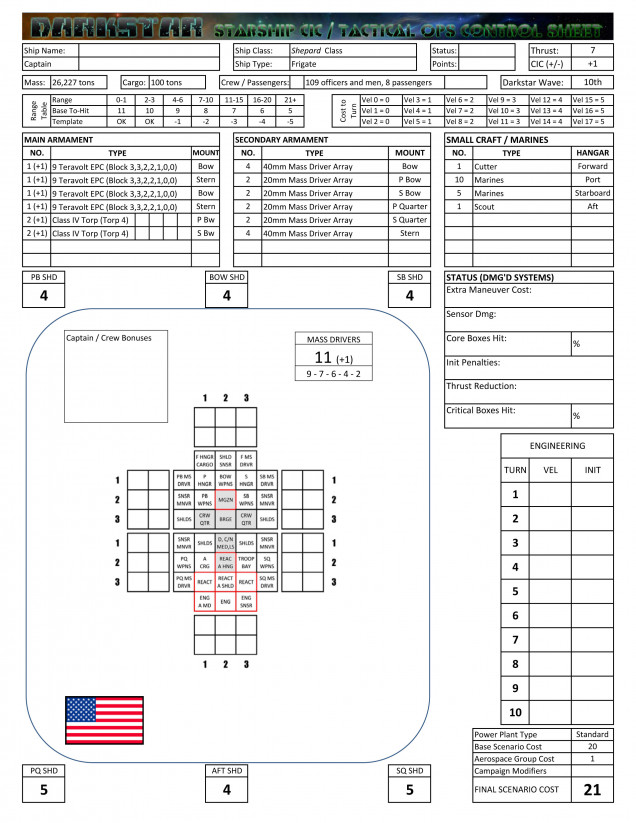

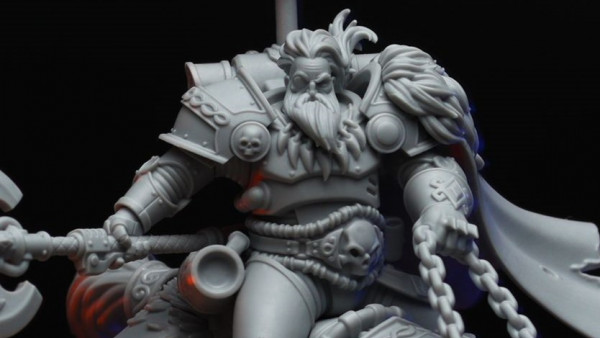


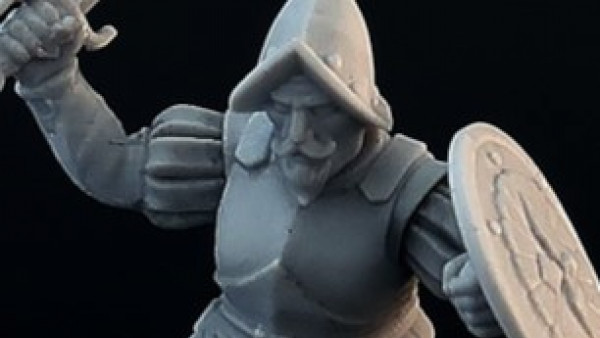

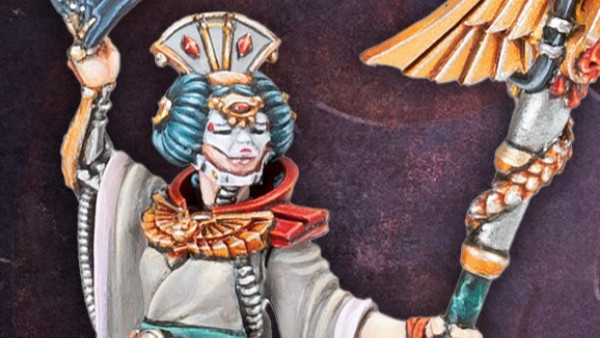

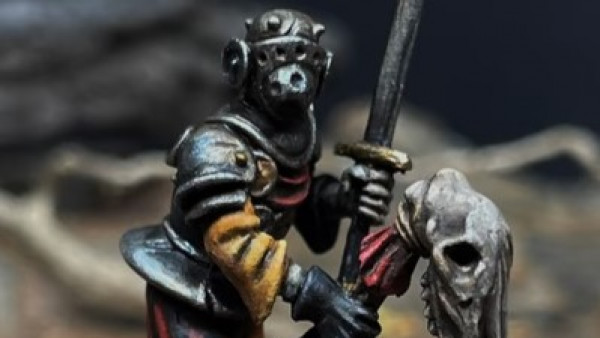

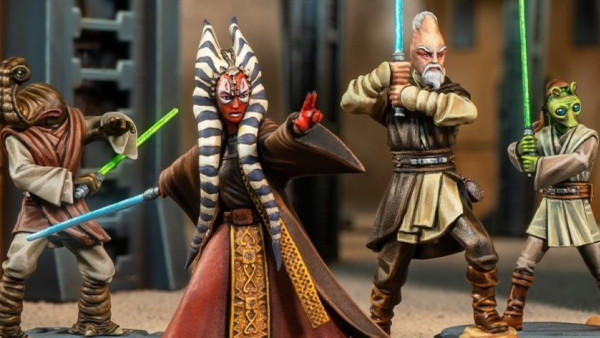
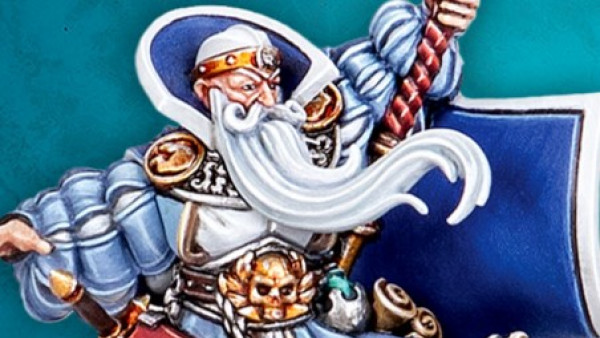

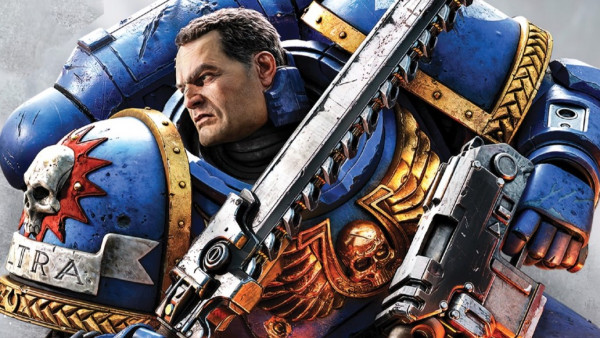
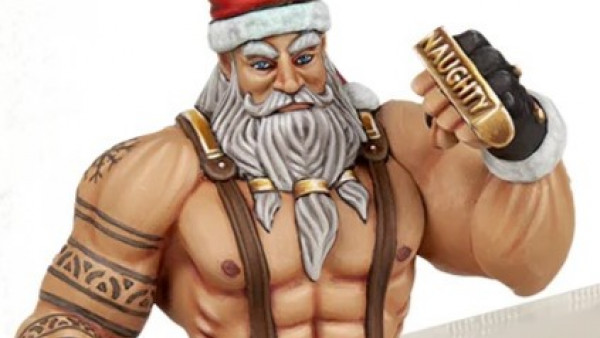
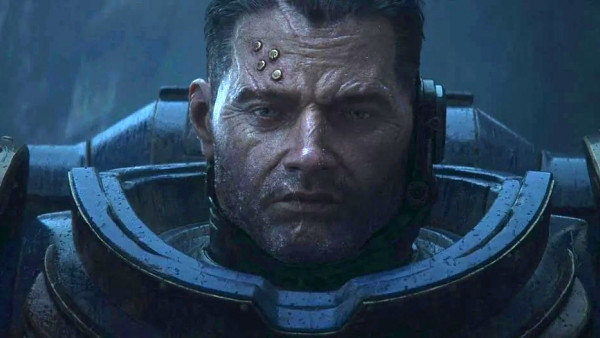

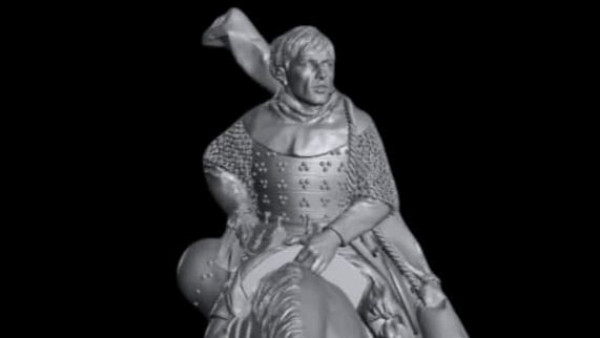
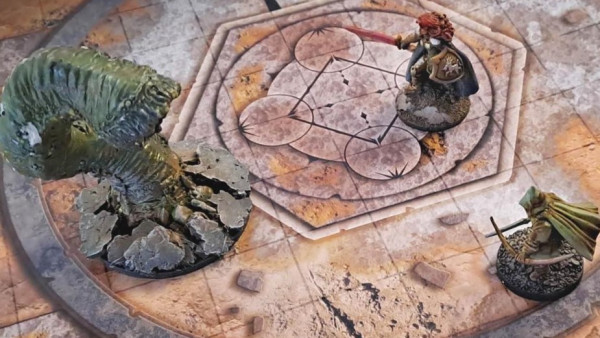
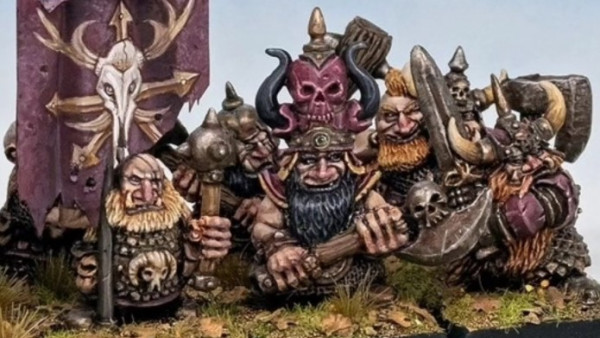
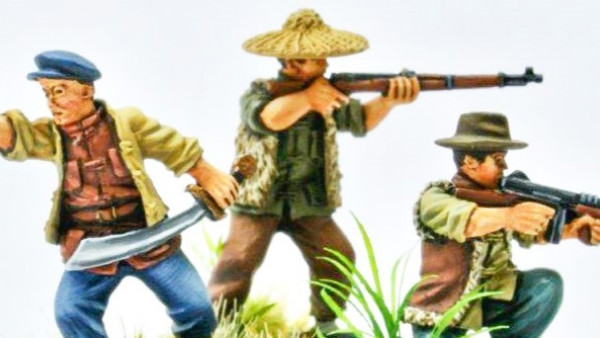
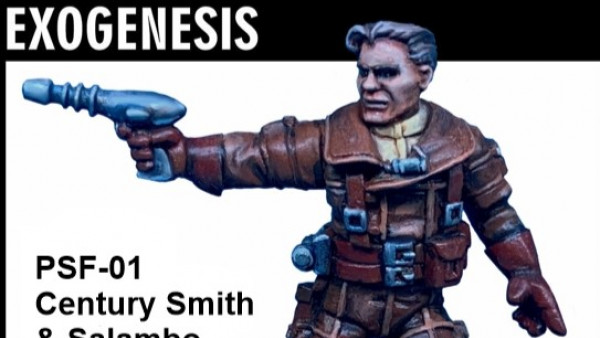
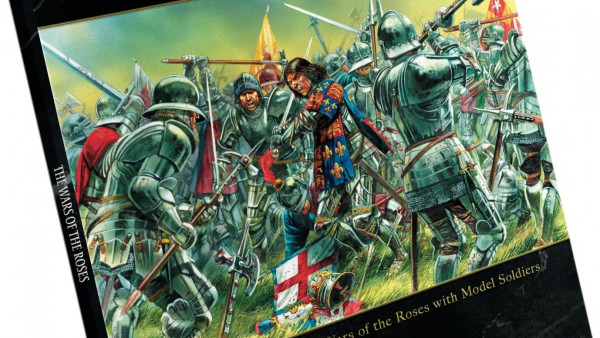
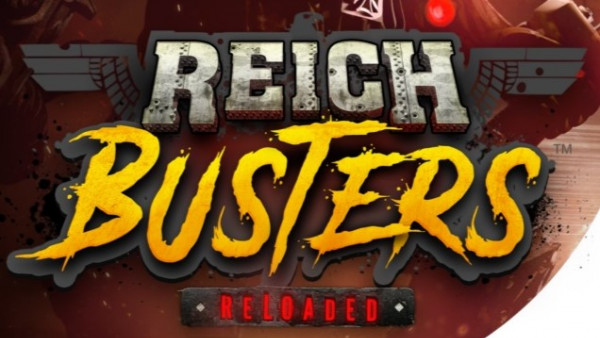
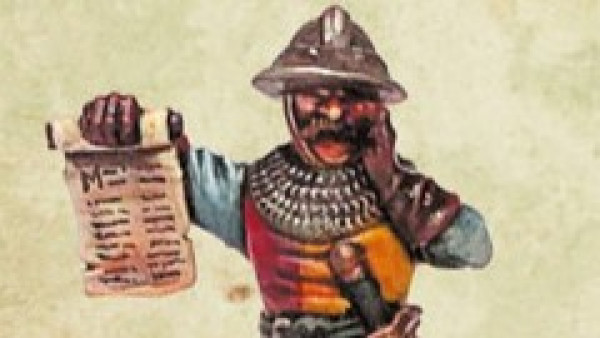
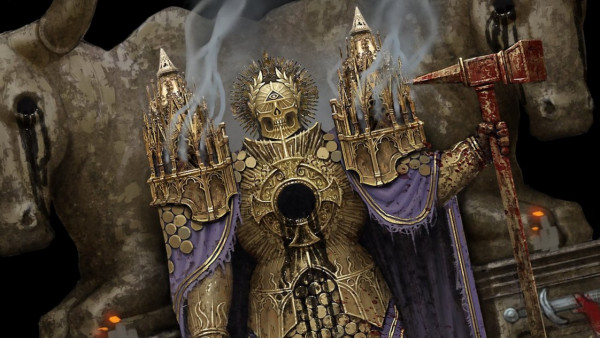
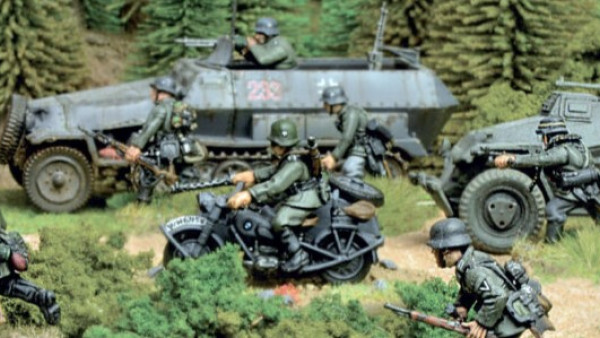
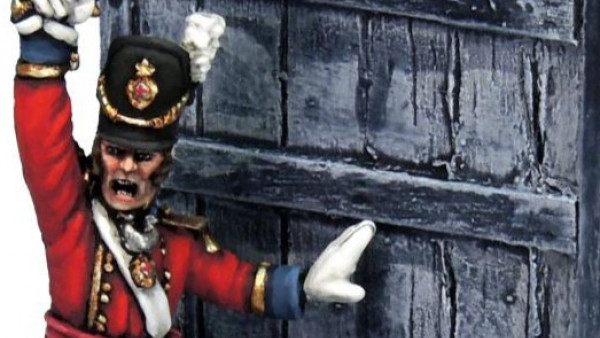
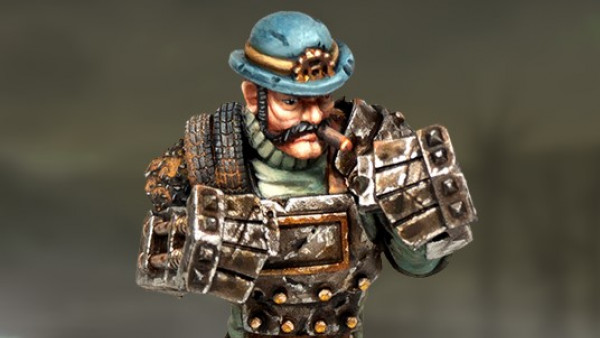
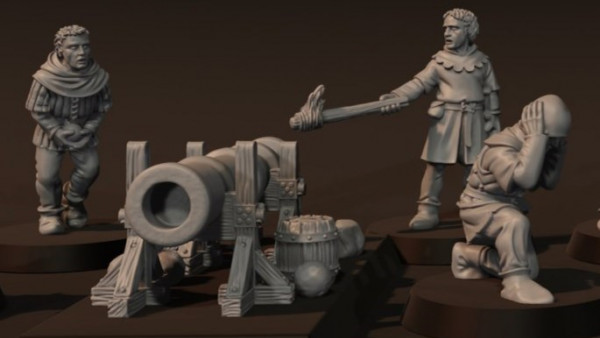
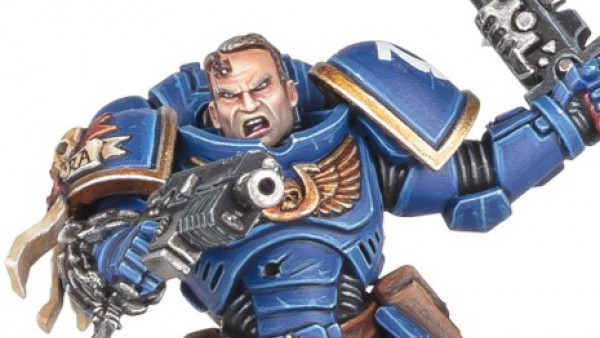
Great stuff – great to see some more fluff
Awesome, @rasmus . Thanks very much!
Might you be free on afternoon of December 1?
@oriskany yes, playing D&D in the evening but afternoon is free
Cool. Well, if we’re still on (planning is tentative at the moment) – we should have a live on-line game if you want to spectate I can send the link.
Sure
Can’t wait to get home later today and download the PDFs and add them to my “Book of Darkstar”.
Gotta go do some work to keep the boss happy.
Oh………long live the mighty Enterprise! I lit up when I saw it in the list.
Thanks, @templar007 Yeah, there’s a slight bug in the history there. The five US Space Shuttles, well … there were actually six. Enterprise, Endeavor, Columbia, Challenger, Discovery, and ATLANTIS. Enterprise was more of a test vehicle. I don’t think she ever actually went into space. There’s practically always been a USS Enterprise in the US Navy, back to the Battle of Valcour Island (11 October 1777). She was one of only a few ships to survive that mess. The carrier USS Enterprise (CV-6) from World War II remains the most decorated ship in the history of the United States Navy… Read more »
You are correct! Space Shuttle Enterprise was a test craft designed only for ‘Approch and Landing’ missions in the early part of the space shuttle program. It was a write-in campaign by Star Trek fans that persuaded NASA to name the first shuttle to Enterprise. It is believed that if the fans had known that the first shuttle would never be space worthy that they might not have pushed so hard to place the sacred name on the first shuttle. After we lost Challenger we built Endeavour from parts produced during the limited production run of the shuttle fleet. Those… Read more »
Yeah, @templar 007 – many times there is an argument between “Navy geeks” and “sci fi” geeks over where the space shuttle Enterprise name actually comes from. I think it’s kind of a moot point, but despite being far more of a “Navy Geek” than a “Sci Fi Geek” – I side with the sci fi crowd. Yes, the space shuttle Enterprise was a federally commissioned vessel, complete with pennant number, but the Navy wouldn’t have endorsed two servicing ships with the same name (USS Enterprise CVN-65 was still in service at the time). Besides, Gene Roddenberry (a WW2 veteran)… Read more »
Yup! I too am excited for the new Enterprise carrier. The new class is all electric, sails with fewer crew, and is future proof to work with drone tech more fluidly. Drones will be a big part if the future but only to augment not to replace.
For the record, my love if enterprise comes more from reading all the history of ships graced with that name than with the sci fi. But it did start with the sci fi.
Awesome, @Templar007. I’ll also disclose that one of these ships, USS Liberty (CSCV-446) is one of my “babies,” a freakin’ EXPENSIVE baby with her double elite aerspace group, double-enhanced ECM suite, double-enhanced Darkstar drive, and electronic warfare bonus (almost 200 points in all) – but man, is she … and her elite VSF-221 “Dead Rabbits” and VSA-193 “Eight Ball Express” fighter and bomber squadrons … the definition of “beautiful badass” incarnate. 😀
Well ladies and gentlemen… This project is proof that if you poke someone hard enough with big enough sticks, you get what you want. 🙂
I am really looking forward to getting my grubby little paws on this ruleset. I loved the video of the playthrough (poor Jim getting ganged up on) but it looked so much fun, now we have the first ship sheets… Xmas comes early.
I am really looking forward to the blank sheets so you can design your own ship layouts.
Hell yeah, @cypher2009 – so many sticks! ALL THE STICKS! No worries. I just ask for two things … please stay excited, and please be patient. This rule set is gonna be quite a project. It is definitely cracked open though. Now it’s just a matter of time. Like we keep saying, it won’t cover everything, but it will cover a lot and if it goes well, I can certainly crank out smaller supplements. They’ll be more fun too. But you always have to eat your vegetables first, as they say. THEN dessert. 😐 Gotta get the core mechanics down.… Read more »
@oriskany …. dude… I am already looking at websites to buy spaceship minis (that aren’t BFG) and a hex mat. I am defo excited by this.
I would love to see the smaller supplements, but for me, the core rules are normally really interesting as it gives you the opportunity to design your own scenarios etc.
Absolutely agree @cypher2009 . And trust me, the core rules are now 12 pages and counting and basically this covers the turn sequence … in other words, the table of contents. 😐 Okay, some of the basic concepts are in there as well. But only today am I starting the actual 1+1=2 process rules … as in … “this is how you roll initiative …” So the core rules are going to be enough. The goal is to have them done by the end of the year. The idea is to present a reference that will allow players to play… Read more »
any luck on the hex mat front? im starting to lean towards masking off hexes on my 4×6 table and spraying a grid onto it
This is one that I found. It is a clear mat with hexes so you can use another mat below and see that mat through it, eg space, or a planet etc.
http://tablewar.uk/6×4-geo-mat-hex-grid/
The hex colour and hex sizes can be adjusted. And I think there are smaller mats available as well. 🙂
@cypher2009 and @bloodstrike – 6 x 4 is almost perfect, its the exact size mat we have. Hexes are 1.5 inches. Actually, the size of the actual mat doesn’t matter, so long as you wind up somewhere near 40 x 40 hexes. Larger hexes are better to fit three ships easily in a hex (maximum stacking rules).
Our mat is great … we can also draw on it with sidewalk chalk for molecular clouds, gas giant atmospheres, comet tails, etc.
The only thing I don’t like about it is that is is shiny and doesn’t photograph well.
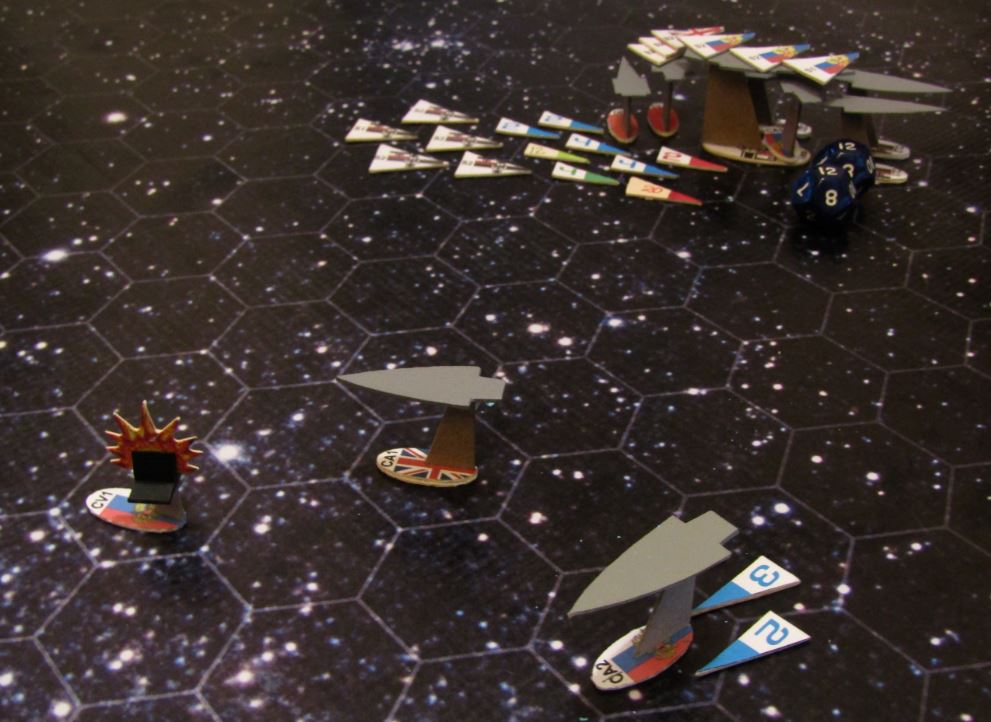
going to need to make an attempt at designing 3d models for these and testing them out on the 3d printer. already made a theoretical super carrier just to brush up on modeling skills I haven’t used in years
@bloodstrike ! Dude, your new project thread is awesome! Gave it some +1s and a comment!
Sorry for the late response on my part, but thanks once again for all assistance! We will probably use our old Battlefleet Gothic escort models (and a few small custom-built ones) as stand-ins for these. Hope I’m not ‘rewriting history’ too much by leaning towards using the name “Hornet” from the list…
Not at all. As long as the ship doesn’t have anything annotated after “on duty” on its entry on the roster, it’s fine. Of course, players can make up their own names, as well for their won ships! 😀
Are HMS Temeraire or HMS Bellerophon in commission anywhere in the ‘verse?
I fancy working up a small battle group for the Senior Service…
Those names are not taken for the UK Royal navy, @damon . 😀
Excellent, I’ll be ready to have a go at working up a couple of Trafalgar Class heavy cruisers and some suitable escorts.
Epic, @damon . The British have two classes of heavy cruiser available, the Titan Class and Iron Duke Class (Iron Duke featured in this video). Two classes of destroyer as well, the older Bristol class (traditional rail guns) and the newer, high-tech, Falklands Class / Commonwealth Class (HMS Dignity – also featured in the video). Of course, anyone wants to design new classes is more than welcome. 😀 Where the British really seem to need help at the moment re: escorts is frigates. The existing Cornwallis Class escort frigates have not playtested well. I’ve rebuilt the class and @gladesrunner has… Read more »
Righto, will the ship design rules be part of the core rules or a supplement?
Have you explored any scenarios for supply convoy escort/ambush ‘Battle of the Atlantic’ style using escorts/frigates/destroyers as the main fighting forces along side the bigger actions you’ve been recounting in this project?
Do campaigns involve things like fleet auxiliaries and supply ships as part of battle-groups?
Sorry to start pestering, but I’ve got a few ideas rattling around for stuff I’d like to have a go at designing
Ignore my question about the design rules, just found the answer when re-reading a previous project entry, I really should learn to pay attention…
No worries at all, @damon . Some people are asking about when they can sync up via web conference and bang out a few designs. The spreadsheets have been designed where it pulls component data off of data validation lists and links their weight, crew, power, etc via VLOOKUPs off of a master root sheet, then drive further calculations that lead to “parent” components (all the fire control systems for a ship’s weapons systems, for example, that depends on the total size of the ships weapons system) – and finally a surplus power / weight ratio that indicates ship’s thrust.… Read more »